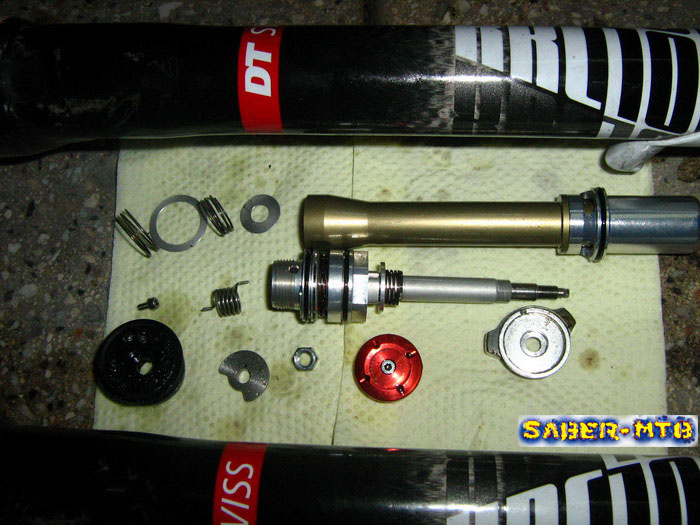

Figure 4: Mark spoke numbers on wheel for easy reference when working on balancing Alternatively you can use tape or just count the spokes from the valve each time. This can be removed after the work by solvents such as acetone or even rubbing alcohol. To make it easier to track spokes, mark on the braking surface with a pencil/pen (figure 4).

Move to the right (clockwise) as your measure. Move to the left (counter-clockwise) on the left side for spoke #2, #3, etc.įor the right side, spoke #1 is the first spoke to the right of the valve. On the wheel left side, spoke #1 is the first spoke to the left of the valve. When taking TM-1 measurements, use the rim valve hole as a consistent point of reference. Converting your TM-1 reading to corresponding Kgf values will be done by the WTA. The WTA will produce entry fields for TM-1 readings. Then enter the number of spokes on the right side. Begin by entering the number of spokes on the left side of the hub flange. The WTA features an optional WHEEL TENSION BALANCING function to visualize and document the relative tension between spokes. Use this table the same as you would one of the columns on the printed TM-1 Conversion Table that comes with the tool. If you are only looking for a rough idea of this spoke’s TM-1 readings and values, you can stop here. This is a very useful feature because there are simply too many bladed options to list on a printed table. However, for steel spokes the WTA can predict tension charts for steel spokes not listed on the Conversion Table. Figure 3: WTA showing Tension Conversion Table for a 1.3mm x 2.4mm bladed steel spokeįor non-steel spokes, the WTA will show the show only the same charts as the TM-1 Conversion Table that comes with the tool. Non-steel spokes do not show this approximation and represent the calibration data as it was taken. While the printed table represents actual data from the spokes listed, the WTA tables compress and round the data to make it useful for an infinite number of steel spokes. These are deflection readings off the TM-1 scale and their corresponding spoke tension in Kilograms Force to that particular spoke.Ĭonversion tables for steel spokes are calculated based on measurements given by the user, and should be considered approximations of spoke tension. The WTA produces a TM-1 CONVERSION TABLE for the spoke data entered (figure 3).
#Dt swiss xrc 100 service manual update
Figure 2: Cross section of a bladed spoke showing width and thicknessĪfter WHEEL SETTINGS are complete click on the UPDATE button. Titanium, aluminum, Spinergy, and Carbon Fiber Mavic R2R spokes are limited to preset options and you cannot enter any other dimensions. The thickness is the thinner part of the spoke, and width is the wider section (figure 2). The TM-1 will be deflecting in the middle section, so measure diameters in the middle.įor steel bladed spokes, you can enter unique numbers for both the Thickness and the Width. Spokes may be butted or thicker at the ends. Always measure spoke thickness (diameter) near the center, approximately halfway between the rim and hub. In other words, use “1.8” instead of “1,8”.įor round steel spokes, the diameter is referred to as Thickness. For decimal measurement, use a “dot,” not a comma to designate tenths.

All measurements should be in millimeters, rounded to the nearest tenth.

However it is always best to measure spokes directly using a caliper. Manufacturers will sometimes give dimensional specifications of the spoke. For steel, titanium, Spinergy PBO, and aluminum, there are two options: Round and Blade. There is one Tension Conversion Table for this option. Carbon Fiber Mavic R2R: This is a proprietary bladed Mavic® spoke.Titanium: The WTA provides only predetermined Tension Conversion Tables which are the same options as the Tension Conversion Tables that come with the tool.Spinergy PBO: This is a proprietary material from Spinergy®.Aluminum: The WTA provides only predetermined Tension Conversion Tables which are the same options as the Tension Conversion Tables that come with the tool.For steel spokes only the WTA can predict and produce Tension Conversion Tables for spokes not found on the chart included with the tool An aluminum spoke will not be magnetic at all. Even stainless steel will at least be weakly magnetic. Steel: Stainless steel spokes can sometimes appear similar in color to aluminum.There are five options: Steel, Aluminum, Spinergy PBO, Titanium, and Carbon Fiber Mavic R2R. Select the appropriate option from Material. With the WTA open, begin with the drop down box under WHEEL SETTINGS. Example WTA results of a rear wheel with 20 spokes Device with internet access (computer or tablet recommended)įigure 1.Truing stand to hold wheel and spoke wrenches.DC-1 Digital Caliper if spoke dimensions are unknown.Marker to write on rim, or masking tape if desired.


 0 kommentar(er)
0 kommentar(er)
